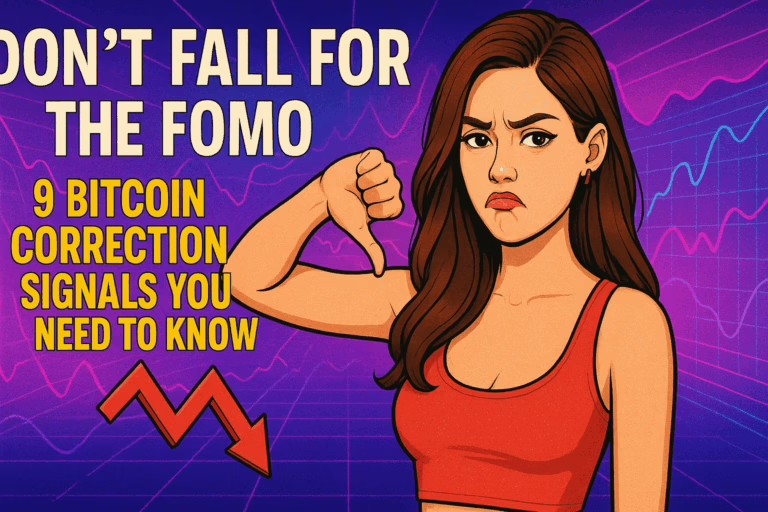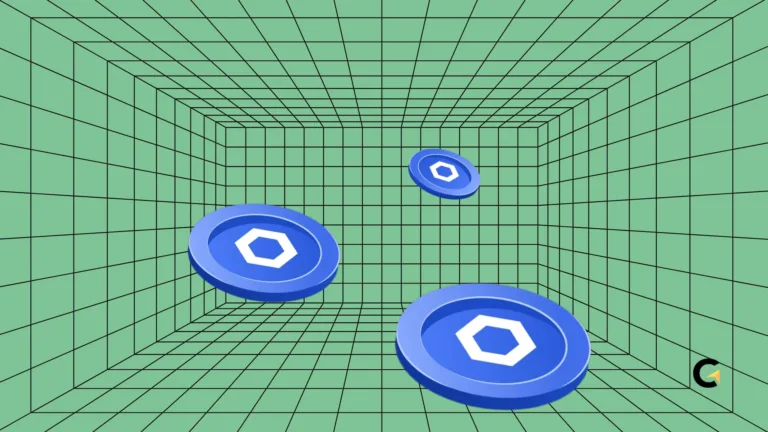Top 5 Solana Chart Patterns to Watch Before the Next Breakout
If you’ve been tracking the price action of Solana (SOL) or any other crypto, chances are you’ve seen moments when price just kinda… chills. It’s not going up, not going down — just hanging out. That phase is what traders call consolidation.
Now don’t get it twisted — consolidation doesn’t mean the market’s taking a nap. In fact, it’s a super strategic period.
This is where the real ones — from rookie traders to seasoned pros — start making moves or prepping for the next big one.
In the world of technical trading, consolidation is that moment of balance — where buying and selling power are neck-and-neck.
It’s like the market is charging up, deciding whether to keep the current trend going or pull a full U-turn.
Why Consolidation Matters (And What You Should Know)
Hide-
Consolidation = tug-of-war between buyers and sellers.
-
5 major patterns you need to know: Rectangle, Symmetrical Triangle, Ascending Triangle, Descending Triangle, and Pennant/Flag.
-
These patterns help hint at what’s next — trend continuation or reversal.
-
Breakouts and trading volume are key to spotting real signals vs. fakeouts.
-
Mastering them can help you reduce risk and spot real profit potential.
That’s why knowing the chart patterns that show up during this phase is more than just cool — it’s essential for better, sharper trading decisions.
5 Chart Patterns That Always Pop Up in Consolidation
1. Rectangle (The Classic “Sideways Shuffle”)
What it looks like:
Price bounces between a horizontal support and resistance — think of it as price playing ping-pong inside a box.
What’s happening:
The market is indecisive. Bulls (buyers) and bears (sellers) are in a standoff. Volume usually shrinks during this phase, then suddenly spikes when the price breaks out.
How to trade it:
-
Buy near support, with your stop-loss just below it.
-
Sell near resistance, with your stop-loss just above.
-
Wait for a breakout + strong volume before jumping in for real.
Rectangles often lead to trend continuation, but never assume. False breakouts are super common here — so don’t FOMO in without confirmation.
2. Symmetrical Triangle (The Calm Before the Storm)
What it looks like:
A triangle with rising support and falling resistance lines. The sides squeeze tighter toward the tip — tension building.
What’s happening:
Market is in neutral mode, waiting to explode. This often forms mid-trend and signals a major move is about to go down (or up).
How to trade it:
-
Enter after the breakout, either up or down.
-
Set your stop-loss just outside the triangle’s opposite side.
-
Profit target = the height of the triangle projected from the breakout.
This one can break either way, so patience is a must. Volume is your best friend — no volume spike, no trust.
3. Ascending Triangle (The Bullish Pressure Cooker)
What it looks like:
Flat resistance on top, rising support underneath. Buyers are clearly applying pressure.
What’s happening:
A bullish setup where buyers keep pushing price higher until resistance finally gives in. Expect an upward breakout most of the time.
How to trade it:
-
Buy when price breaks above the resistance.
-
Set stop-loss just below the most recent swing low.
-
Target = height of the triangle from support to resistance.
Basically, this is the market slowly flexing until it bursts upward. Great for spotting continuation in an uptrend.
4. Descending Triangle (The Bearish Breakdown)
What it looks like:
Support line stays flat, but resistance keeps pressing lower. Sellers are dominating the vibe.
What’s happening:
This setup screams bearish energy. It often forms during a downtrend and signals that sellers are gearing up for another move down.
How to trade it:
-
Sell when price breaks below the support.
-
Stop-loss goes slightly above the downward-sloping resistance.
-
Target = height of the triangle from resistance to support.
Short-sellers love this pattern, but like always — don’t go in blind. Wait for the breakout and volume to back it up.
5. Flag & Pennant (The Momentum Trader’s Dream)
| Pattern Type | What It Looks Like | Market Signal |
|---|---|---|
| Flag | Small downward or upward sloping channel | Trend continuation |
| Pennant | Mini symmetrical triangle after a big move | Trend continuation |
What’s happening:
These patterns pop up right after a strong price move (aka the flagpole). Then the market “catches its breath” in a small consolidation — either a flag (channel) or a pennant (tiny triangle). After that? Boom. Another breakout.
How to trade it:
-
Wait for a breakout from the pattern.
-
Confirm it with a surge in volume.
-
Profit target = length of the flagpole projected from the breakout point.
They don’t last long but can pack serious punch when they break. Perfect for quick, high-momentum trades.
Final Thoughts: Consolidation = Market Energy in Stealth Mode
All these patterns are basically the market’s body language. If you learn how to read them, you’ll know when it’s time to strike and when to hold back.
Trading without understanding these? It’s like playing chess without knowing the rules — risky and confusing.
Remember: don’t just look at patterns in isolation. Combine them with volume, trend indicators (like RSI, MACD, moving averages), and overall market sentiment.
There’s no such thing as a 100% guaranteed setup — but with the right tools, knowledge, and risk management, your trading can go from decent to disciplined and deadly accurate.
So next time you see SOL just chilling sideways, don’t panic or get bored. It might just be the calm before the next wave — and if you’re prepared, you’ll be ready to ride it all the way.
Frequently Asked Questions (FAQs)
What’s the difference between a symmetrical triangle and a pennant?
Symmetrical triangles are larger and can appear anytime. Pennants are smaller, come after a sharp price move (flagpole), and usually signal continuation.
How do I calculate a profit target in a rectangle pattern?
Measure the distance between resistance and support, then project that distance from the breakout point.
Which pattern shows up most often in SOL consolidations?
Rectangle and flag/pennant — because crypto tends to pump hard and rest quick.
How important is volume in confirming a pattern?
Very important. Breakouts without volume are often fakeouts.
Can I use indicators with these patterns?
Absolutely. RSI, MACD, moving averages — all help strengthen your setup and confidence.






